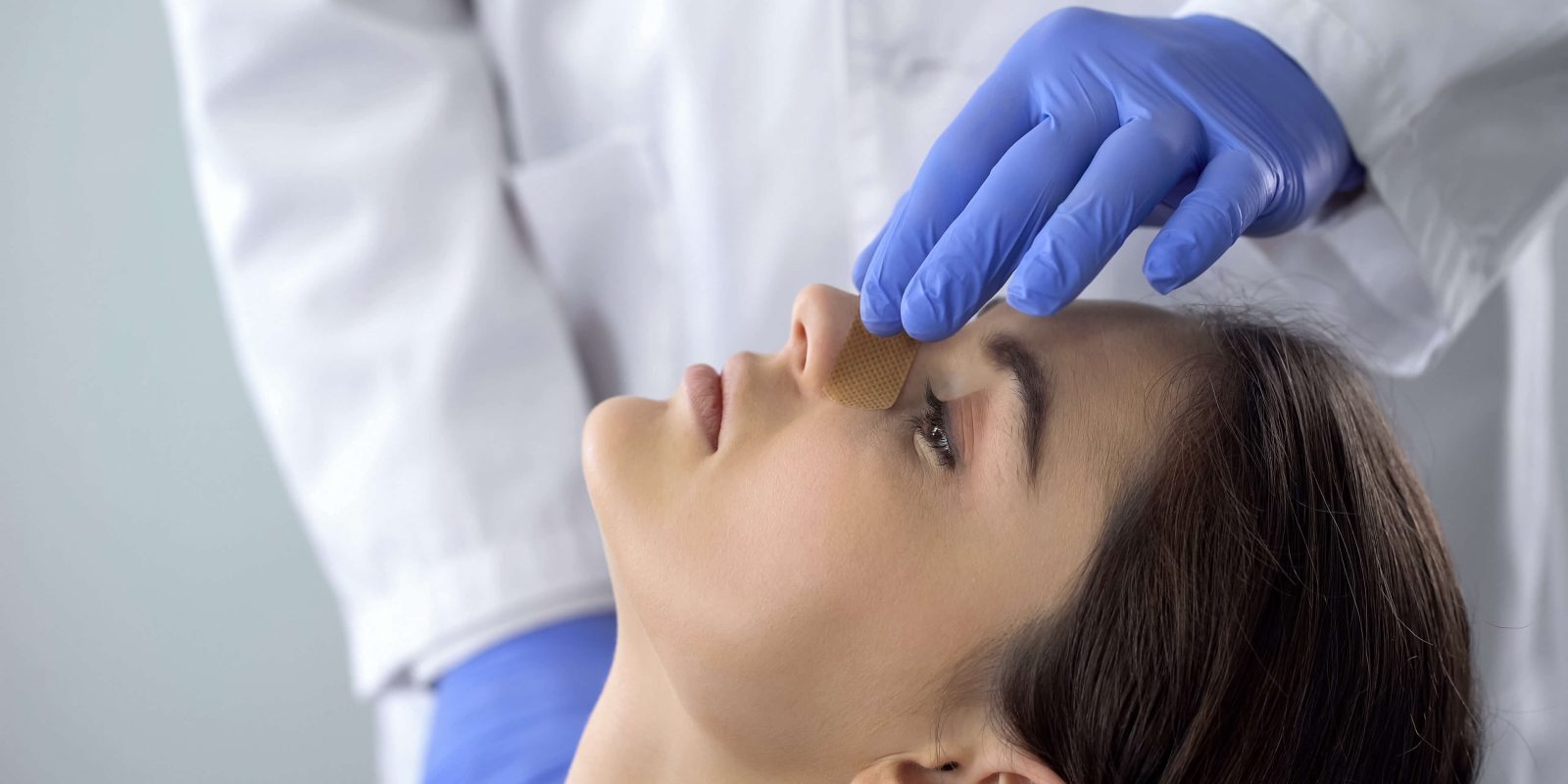A rhinoplasty procedure modifies your nose’s size, shape, or proportions. Breathing can also be made better. Following surgery, you might feel like you have a stuffy nose, numbness, and swelling. These effects should subside within a week or two. However, some residual swelling can last months and impact your final result.
Preparation
Rhinoplasty is a same-day surgery, also known as an outpatient procedure. However, driving or managing transportation right after the surgery won’t be safe, so arrange a ride home in advance. You’ll also want to have a supply of over-the-counter painkillers, cold compresses, and ointments ready to apply as needed. Lastly, it would help if you took time off from work to rest and recover. The night before your surgery, make sure to sleep on your back with several pillows propped up around you. It will help reduce swelling and prevent complications after your surgery. Also, avoid eating or drinking anything for eight hours before your procedure. Doing so will prevent the possibility of regurgitation during general anesthesia, which could enter your lungs. Also, wear loose and comfortable clothing that will allow you to breathe easily.
Day of Surgery
You will have a pre-operative appointment with the plastic surgeon Bellevue and the anesthesiologist before surgery. They will review your medical history, including current medications, to ensure the procedure is safe. The surgeon will ask about your desired changes and what you hope to achieve. Bringing pictures can help demonstrate what you want to change and why. It’s essential to be honest with the surgeon so they can give you realistic expectations. The swelling will progressively subside over the following few weeks, and the bruises will disappear after three months. The nose may take up to a year to fully refine into its final shape. It is important to avoid rubbing or prodding your nose, as this can delay the healing process. Reduce swelling and pain by elevating your head while you rest and sleep. Avoiding sun exposure is also recommended, as it can cause permanent discoloration. It is a good idea to take the recommended time off from work.
Recovery
After rhinoplasty, your nose will be swollen for several weeks. You may also experience bruising or color changes in the area for up to a year.
Rhinoplasty is performed under general anesthesia, which puts you into a sleep-like state. The surgeon makes an incision to expose the nasal cartilage and bones during the procedure. Depending on your goals, the surgeon can remove or add tissue, reshape or alter the appearance of your nose, and close the incision.
For the first week after surgery, your nose will be swollen and have a splint on it. Avoid rubbing or touching the nose, as this can lead to additional bruising and swelling. Instead, use saline spray to keep the area moist; 2 puffs per nostril 4-6 times daily will promote healing and comfort. Avoid smoking and alcohol, as they can restrict blood flow to the area and lead to excessive bleeding during recovery. Also, avoid strenuous exercise until your doctor gives you the go-ahead.
Post-Operative Care
Rhinoplasty is a joint surgery that can be performed on an outpatient basis. It means you will be able to return home after a brief period of observation. However, driving or managing other routine responsibilities may be unsafe right after your procedure. Plan a ride home from the hospital or a friend to stay with you.
Once you are ready to go home, the surgeon will remove any dressings and the outer plastic splint. The doctor will also use a particular tape-removing solution to ensure the inner sling comes off easily. Any remaining stitches will be removed within a week or two. You can start breathing generally at this point, although you may still experience swelling and numbness in the nose area. It takes up to a year for the swelling to completely subside and for your nose’s new shape to fully refine.

